Home>Articles>How Long To Cook In Electric Skillet Vs Crock Pot
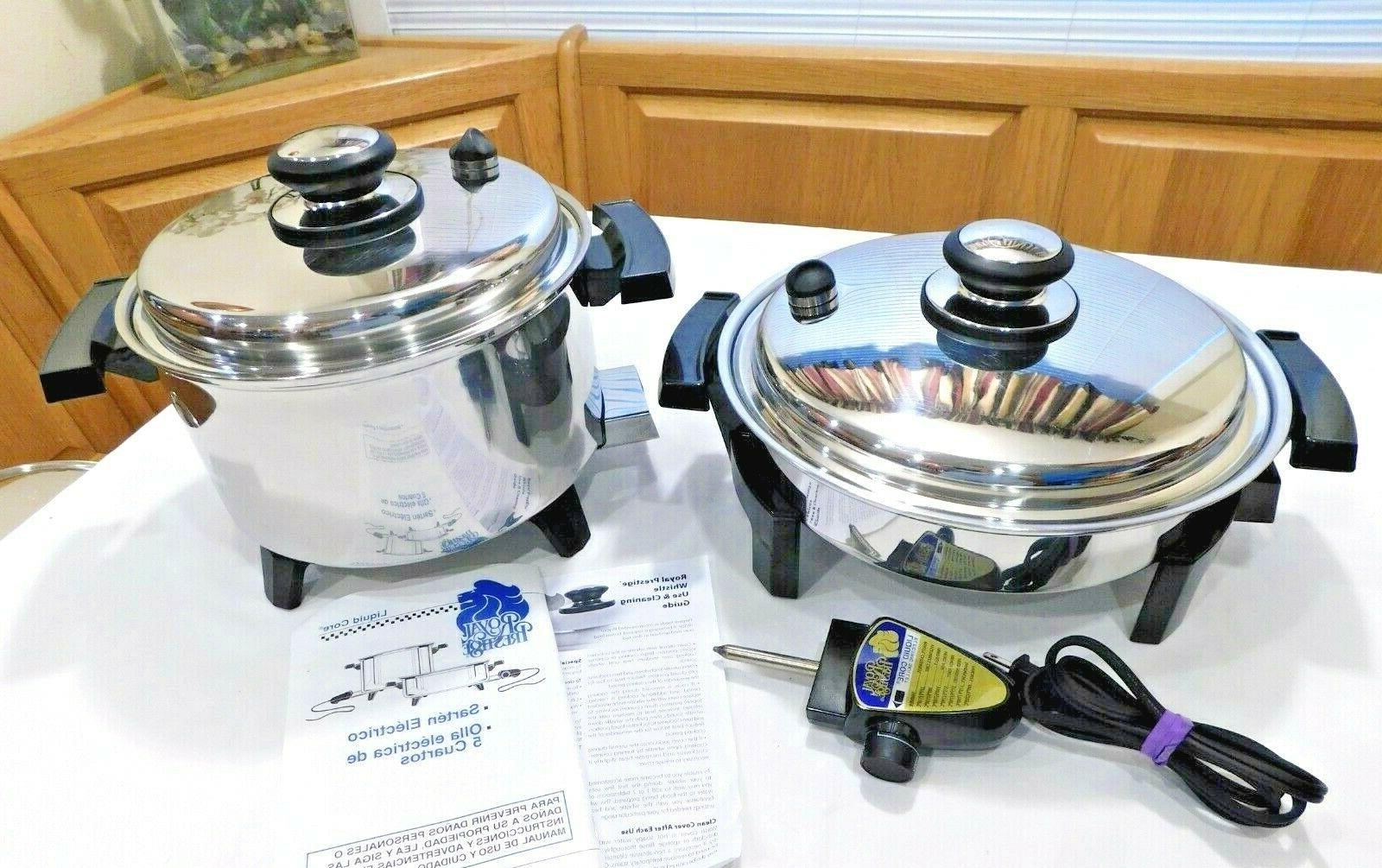

Articles
How Long To Cook In Electric Skillet Vs Crock Pot
Modified: February 27, 2024
Discover the ideal cooking times for various dishes in an electric skillet versus a crock pot. Explore our collection of helpful articles on perfecting your cooking techniques.
(Many of the links in this article redirect to a specific reviewed product. Your purchase of these products through affiliate links helps to generate commission for Storables.com, at no extra cost. Learn more)
Introduction
Welcome to the world of cooking appliances, where the array of options can sometimes be overwhelming. Among the many choices available, electric skillets and crock pots have gained popularity for their convenience and versatility. These appliances provide efficient cooking solutions, making it easier for individuals and families to prepare delicious meals at home. However, one question that often arises is how long it takes to cook in an electric skillet compared to a crock pot.
In this article, we will explore the differences in cooking times between electric skillets and crock pots. We will delve into the factors that impact cooking time in each appliance and discuss the pros and cons of each cooking method. By the end, you will have a better understanding of which appliance best suits your needs and preferences.
Before we dive into the specifics, let’s take a closer look at electric skillets and crock pots and understand their basic functionalities.
Key Takeaways:
- Electric skillets offer quick and precise cooking, making them ideal for individuals who prefer faster cooking times and more control over the process. Their versatility and ease of use make them a valuable addition to any kitchen.
- Crock pots excel at slow-cooking, resulting in tender and flavorful dishes with minimal effort. Their convenience and ability to develop complex tastes make them perfect for busy individuals or those who enjoy hands-off cooking.
Read more: How To Cook Pot Roast In An Electric Skillet
Overview of Electric Skillet and Crock Pot
Electric skillets and crock pots are two popular cooking appliances that offer convenience and versatility in the kitchen.
An electric skillet, also known as an electric frying pan, is a versatile appliance that can be used for various cooking methods such as frying, sautéing, baking, and simmering. It consists of a flat cooking surface with a temperature control dial and a lid. Electric skillets typically have a non-stick coating, making them easy to clean. They come in different sizes and shapes, allowing you to choose the one that suits your needs.
A crock pot, on the other hand, is a slow cooker that uses low, steady heat to cook food over an extended period. It consists of a ceramic or metal pot with a tight-fitting lid and a heating element. Crock pots come in different sizes and have various temperature settings, allowing you to adjust the cooking time and heat levels according to your recipe. The slow, gentle cooking process in a crock pot helps to enhance flavors and tenderize meats.
Both electric skillets and crock pots offer distinct advantages when it comes to cooking. Electric skillets provide precise temperature control, allowing you to cook food quickly and evenly. They are ideal for stir-frying vegetables, searing meats, and making pancakes or frittatas. Crock pots, on the other hand, excel at slow cooking dishes such as stews, soups, and roasts. They require minimal effort and can be left unattended while the food cooks, making them perfect for busy individuals or those who prefer hands-off cooking.
Now that you have a general understanding of electric skillets and crock pots, let’s move on to discussing the cooking times and temperature ranges for each appliance.
Cooking Times and Temperatures in an Electric Skillet
When it comes to cooking times and temperatures, electric skillets offer versatility and precision. The temperature control dial allows you to adjust the heat to specific settings, giving you control over the cooking process.
The cooking times in an electric skillet will vary depending on the recipe and the ingredients being cooked. However, here are some general guidelines for common foods:
- Meat: For meats such as steak, chicken breast, or pork chops, the cooking time will depend on the thickness and desired level of doneness. A good starting point is to sear the meat on high heat for a couple of minutes on each side, then reduce the heat to a medium setting and cook for an additional 4-6 minutes per side.
- Vegetables: Most vegetables can be sautéed in an electric skillet in just a few minutes. Heat the skillet to medium-high and add a small amount of oil or butter. Toss in the vegetables and stir them frequently until they are crisp-tender.
- Eggs: For omelets or scrambled eggs, preheat the skillet to medium-low heat and add a small amount of oil or butter. Beat the eggs in a separate bowl and pour them into the skillet. Cook the eggs, stirring gently, until they reach the desired consistency.
- Pancakes: To make pancakes in an electric skillet, preheat it to medium heat and lightly grease the surface. Pour the pancake batter onto the skillet and cook until bubbles form on the surface. Flip the pancake and cook for an additional minute or two until it is golden brown.
It’s important to note that cooking times in an electric skillet may vary depending on the specific model you have and the power output. It’s always a good idea to consult the manufacturer’s instructions for recommended cooking times and temperatures.
Now that we have explored cooking times in an electric skillet, let’s move on to discussing the cooking times in a crock pot.
Cooking Times and Temperatures in a Crock Pot
Cooking with a crock pot involves slow and low heat, allowing flavors to develop and meats to become tender. The cooking times in a crock pot will depend on the recipe, the cut of meat, and the desired texture.
The temperature range in a crock pot typically varies between low, high, and sometimes a warm setting. Here are some general guidelines for cooking times in a crock pot:
- Meat: When cooking meat in a crock pot, it’s best to choose tougher cuts such as chuck roast, pork shoulder, or brisket. These cuts benefit from the slow-cooking process, becoming tender and flavorful. Cooking times for meats in a crock pot can range from 4 to 8 hours on low heat, or 2 to 4 hours on high heat. It’s important to ensure that the internal temperature of the meat reaches a safe level to prevent foodborne illnesses.
- Stews and Soups: For stews and soups, the cooking time in a crock pot can vary depending on the ingredients and desired consistency. It’s common to cook stews and soups on low heat for 6 to 8 hours, allowing the flavors to meld together.
- Beans and Legumes: If you’re cooking beans or legumes in a crock pot, it’s best to pre-soak them overnight and drain before adding them to the pot. Cooking times for beans and legumes can range from 6 to 10 hours on low heat, or 3 to 6 hours on high heat.
- Desserts: Crock pots can also be used to make desserts such as cobblers, puddings, or cakes. These usually require a shorter cooking time of 2 to 4 hours on low heat, or 1 to 2 hours on high heat.
It’s important to note that these are general guidelines, and cooking times may vary depending on factors such as the size of the crock pot and the specific recipe being used. It’s always a good idea to refer to the recipe instructions and adjust cooking times accordingly.
Now that we have explored the cooking times in both an electric skillet and a crock pot, let’s discuss the factors that can impact cooking times in each appliance.
Factors Impacting Cooking Time in an Electric Skillet
Several factors can impact the cooking time in an electric skillet, making it important to consider these variables when preparing your meals:
- Heat Setting: The temperature setting on the electric skillet plays a crucial role in determining the cooking time. Higher heat settings will cook food faster, while lower heat settings will take longer. It’s important to adjust the heat according to the recipe and desired outcome.
- Thickness of Ingredients: The thickness of the ingredients being cooked will also impact the cooking time. Thicker cuts of meat or vegetables will require more time to cook thoroughly, while thinner slices will cook more quickly. It’s essential to consider the thickness of the ingredients when determining the cooking time.
- Pan Material: The material of the electric skillet can affect cooking times. Skillets with thicker bottoms tend to distribute heat more evenly, resulting in faster and more consistent cooking. They retain heat better and can reduce cooking times compared to skillets with thinner bottoms.
- Cooking Technique: Different cooking techniques, such as frying, sautéing, or simmering, may require varying amounts of time. Frying will typically take less time as the high heat quickly cooks the food, while simmering or braising will require more time to allow the flavors to develop and tenderize the ingredients.
- Recipe Variations: Recipes may have variations in cooking times due to different ingredient quantities, specific seasonings, or additional steps. It’s important to follow the recipe instructions and adjust cooking times accordingly.
These factors should be taken into consideration when cooking with an electric skillet to ensure that your meals are cooked to perfection. By adjusting these variables, you can achieve the desired results and optimize your cooking experience.
Now, let’s move on to discussing the factors that can impact cooking time in a crock pot.
Read more: How To Do A Hot Pot Electric Skillet
Factors Impacting Cooking Time in a Crock Pot
When using a crock pot for cooking, several factors can impact the cooking time, and it’s important to consider these variables to achieve the desired results:
- Cut and Type of Meat: The cut and type of meat being cooked in a crock pot will affect the cooking time. Tougher cuts such as chuck roast or pork shoulder will require longer cooking times to become tender and flavorful. Leaner cuts may require shorter cooking times to prevent them from becoming too dry.
- Size and Quantity of Ingredients: The size and quantity of ingredients can impact the cooking time in a crock pot. Larger chunks of meat or vegetables will take longer to cook through, while smaller pieces will cook more quickly. Additionally, overcrowding the crock pot with too many ingredients can increase the cooking time.
- Temperature Setting: Adjusting the temperature setting on the crock pot can impact the cooking time. Cooking on low heat will result in longer cooking times, allowing the flavors to develop and the meat to become tender. Cooking on high heat will shorten the cooking time but may result in a slightly different texture.
- Recipe Variations: Different recipes may have variations in cooking times based on specific ingredients, flavorings, or additional steps. It’s important to follow the recipe instructions and adjust cooking times accordingly.
- Starting Temperature: The starting temperature of your ingredients can impact the cooking time. If ingredients are cold from the refrigerator, it may take longer for the crock pot to reach its desired temperature and begin cooking. It’s recommended to bring ingredients to room temperature before placing them in the crock pot.
By considering these factors, you can optimize your cooking experience with a crock pot and achieve perfectly cooked, flavorful meals. It’s important to remember that cooking times can vary based on these variables, so it’s always best to refer to the specific recipe instructions and adjust as needed.
Now that we have explored the factors impacting cooking times in both an electric skillet and a crock pot, let’s move on to discussing the pros and cons of using each appliance for cooking.
Pros and Cons of Using an Electric Skillet for Cooking
Using an electric skillet for cooking offers several benefits and drawbacks. Let’s take a closer look at the pros and cons:
Pros:
- Versatility: Electric skillets provide versatility in cooking methods. They can be used for frying, sautéing, baking, simmering, and more. This versatility allows you to prepare a wide variety of dishes using a single appliance.
- Precise Temperature Control: Electric skillets usually come with a temperature control dial, allowing you to adjust the heat to specific settings. This precise temperature control helps in achieving consistent and evenly cooked meals.
- Quick Cooking: Electric skillets heat up faster than traditional stovetops or ovens, allowing for quicker cooking times. This is especially beneficial for busy individuals who want to prepare meals efficiently.
- Easy to Clean: Most electric skillets come with a non-stick coating, making them easy to clean. The non-stick surface reduces the risk of food sticking to the skillet, making cleanup a breeze.
- Portability: Electric skillets are portable and can be easily moved around the kitchen or brought to different locations, making them convenient for outdoor cooking or gatherings.
Cons:
- Limited Capacity: Electric skillets typically have a smaller cooking capacity compared to traditional stovetops or ovens. This can be a drawback when cooking for larger groups or preparing large quantities of food.
- Spatial Constraints: Electric skillets require counter space or a dedicated area for setup and use. This may be a limitation in smaller kitchens with limited workspace.
- Restricted Cooking Techniques: Although electric skillets offer versatility, they may not be suitable for certain cooking techniques such as deep-frying or baking large cakes due to size limitations.
- Power Dependency: Electric skillets rely on electricity to function. This means you will need access to an electrical outlet to use the appliance, which may not always be available in certain situations.
Considering these pros and cons will help you determine if using an electric skillet aligns with your cooking needs and preferences.
Now, let’s move on to discussing the pros and cons of using a crock pot for cooking.
Read more: How To Store Crock Pot Leftovers
Pros and Cons of Using a Crock Pot for Cooking
Using a crock pot, also known as a slow cooker, can offer several advantages and disadvantages for cooking. Let’s explore the pros and cons:
Pros:
- Convenience: One of the major benefits of using a crock pot is its convenience. You can prepare your ingredients in the morning, set the desired temperature and cooking time, and let it cook throughout the day. This hands-off cooking method allows you to save time and effort in the kitchen.
- Tender and Flavorful Results: Slow cooking in a crock pot helps to tenderize even the toughest cuts of meat and allows flavors to meld together. It results in succulent and flavorful meals with minimal effort.
- Energy Efficiency: Crock pots are energy-efficient appliances, using less electricity than traditional ovens or stovetops. They utilize low and steady heat, reducing energy consumption while cooking your meals over an extended period.
- Ease of Use: Crock pots are user-friendly and require minimal cooking skills. You simply need to set the desired temperature and cooking time and let the appliance do the work. This makes it suitable for beginners or those who prefer a simple cooking process.
- Large Cooking Capacity: Crock pots typically have a large cooking capacity, allowing you to prepare meals for larger groups or make extra portions for leftovers. This is particularly advantageous for hosting gatherings or batch cooking.
Cons:
- Longer Cooking Times: The slow cooking process in a crock pot means that it generally takes longer to cook meals compared to other cooking methods. It’s important to plan ahead and allow sufficient time for your meal to cook thoroughly.
- Limited Texture Control: With a crock pot, you have limited control over the texture of your food. While it excels at creating tender and moist dishes, it may not achieve the same crispy or caramelized exterior that other cooking methods can provide.
- Ingredients Can Overcook: Certain ingredients, such as delicate vegetables or seafood, can become overcooked and mushy in a crock pot if not added at the right time. It’s important to consider the cooking time and texture of each ingredient to achieve balanced results.
- Less Browning and Searing: Crock pots do not provide the same browning or searing capabilities as other cooking methods. While this may not be a concern for all dishes, some recipes may benefit from these techniques for added flavor and appearance.
- Limited Recipe Options: Crock pots are ideal for slow-cooked meals such as stews, soups, and roasts. However, if you prefer a wider variety of cooking techniques or more complex recipes, you may find the options limited when using a crock pot.
Considering these pros and cons will help you determine if using a crock pot aligns with your cooking preferences and needs.
Now that we have explored the pros and cons of using both an electric skillet and a crock pot, let’s move on to comparing the cooking times between these two appliances.
When cooking in an electric skillet, food generally cooks faster than in a crock pot. For example, a dish that takes 4 hours in a crock pot may only take 1-2 hours in an electric skillet. Adjust cooking times accordingly.
Comparison: Electric Skillet vs. Crock Pot Cooking Times
When it comes to cooking times, electric skillets and crock pots offer distinct advantages and differences. Let’s compare the cooking times between these two appliances:
Electric skillets, with their high heat capabilities, typically provide quicker cooking times compared to crock pots. The precise temperature control allows for faster cooking of ingredients such as meats, vegetables, eggs, and pancakes. For example, a steak can be seared to perfection in just a few minutes on high heat in an electric skillet. Vegetables can be sautéed to crisp-tender in a matter of minutes, while pancakes can be cooked to golden brown perfection in a short time.
On the other hand, crock pots excel in low and slow cooking. The long, slow cooking process of a crock pot allows for the flavors to meld together and meats to become tender. Recipes such as stews, soups, and roasts benefit from the extended cooking times in a crock pot. Meats cooked in a crock pot can take several hours on low heat to become fork-tender and flavorful. Dishes like bean soups or chili can simmer for several hours to develop rich and complex flavors.
The cooking times in an electric skillet generally range from a few minutes to around 30 minutes, depending on the recipe and ingredients. In contrast, crock pot cooking times can range from several hours to even up to 10 hours, allowing for hands-off cooking and the ability to leave the meal to simmer and develop flavors over an extended period.
It’s important to note that the choice between an electric skillet and a crock pot for cooking depends on the specific recipe and your desired cooking method. Electric skillets are best suited for quick and precise cooking, ideal for those who prefer shorter cooking times and enjoy more control over the process. Crock pots, on the other hand, are perfect for slow-cooking recipes, making them a great choice for those who prefer convenience and enhanced flavors.
Ultimately, the decision between an electric skillet and a crock pot depends on personal preference, the recipe being prepared, and the desired outcome. Both appliances have their own unique advantages and can be a valuable addition to your kitchen depending on your cooking needs.
Now, let’s move on to discussing some tips for efficient cooking in an electric skillet.
Tips for Efficient Cooking in an Electric Skillet
When using an electric skillet, there are some tips and tricks that can help you maximize efficiency and achieve delicious results. Here are some tips for efficient cooking:
- Preheat the Skillet: Preheating the electric skillet before adding the ingredients can help ensure even cooking. Allow the skillet to heat up for a few minutes before adding oil or food.
- Use the Right Temperature Setting: Adjust the temperature dial according to the recipe and desired cooking method. Higher heat settings are suitable for quickly searing meats or stir-frying vegetables, while lower heat settings work well for simmering or browning delicate foods.
- Avoid Overcrowding: Overcrowding the skillet with too many ingredients can lower the cooking temperature and result in uneven cooking. Cook in batches if necessary to ensure that each ingredient has enough space to cook properly.
- Utilize the Lid: Using the lid during cooking can help retain heat, promote faster and more efficient cooking, and prevent moisture loss. However, some recipes may require the lid to be partially or fully removed to achieve the desired texture or browning.
- Keep an Eye on the Food: Regularly check and monitor the progress of the food while it’s cooking in the skillet. This will help you avoid overcooking or undercooking and make any necessary adjustments to heat or cooking times.
- Opt for Quick-Cooking Methods: Electric skillets are well-suited for quick-cooking techniques like stir-frying, sautéing, or searing. Make the most of these methods to save time and achieve delicious results.
- Use Proper Utensils: When using an electric skillet with a non-stick coating, avoid using metal utensils that can scratch the surface. Opt for heat-resistant silicone or wooden utensils to protect the non-stick coating.
- Cleanup Made Easy: Take advantage of the non-stick coating by gently wiping the skillet clean after use. If stubborn food residue remains, allow the skillet to cool completely and then soak it in warm, soapy water for easier cleanup.
By following these tips, you can ensure efficient and successful cooking in your electric skillet. Remember to adjust cooking times, heat settings, and techniques based on your specific recipe and preferences.
Now, let’s move on to discussing some tips for efficient cooking in a crock pot.
Tips for Efficient Cooking in a Crock Pot
When using a crock pot, also known as a slow cooker, there are a few helpful tips that can ensure efficient and successful cooking. Here are some tips to make the most out of your crock pot:
- Prep Ahead of Time: Prepare your ingredients in advance by chopping vegetables, marinating meats, and measuring out the necessary spices and seasonings. This will save time and make the cooking process smoother.
- Layer Ingredients Properly: Layer the ingredients in your crock pot strategically. Start with harder and slower-cooking ingredients at the bottom, such as root vegetables or larger cuts of meat. Add quicker-cooking ingredients towards the end to ensure even cooking throughout.
- Do Not Lift the Lid: Avoid lifting the lid unnecessarily during the cooking process. Each time you lift the lid, heat escapes, and it can prolong the cooking time. Only lift the lid if needed for adding ingredients or checking for doneness towards the end of the cooking process.
- Preheat If Necessary: Preheating a crock pot is not usually required, but for some recipes, such as searing meats before slow cooking, preheating may be beneficial. Consult the recipe instructions to determine if preheating is recommended.
- Choose the Right Size: Make sure your ingredients fit comfortably in the crock pot without overfilling. Too little or too much food can affect the cooking time and the final outcome. If your crock pot is too large for the recipe, consider using a smaller crock pot or adjusting the recipe quantities accordingly.
- Trim Excess Fat: Trimming excess fat from meats before placing them in the crock pot can help minimize greasiness and create a healthier end result.
- Add Dairy Products Last: If your recipe includes dairy products such as milk, cream, or cheese, add them towards the end of the cooking process. Dairy products can separate or curdle when subjected to long cooking times, so it’s best to add them closer to serving time.
- Stir as Needed: Some recipes may require stirring during the cooking process, such as when combining ingredients or redistributing flavors. If your recipe calls for stirring, do so gently and as instructed.
- Plan for Doneness: Crock pots cook at low and slow temperatures, so plan accordingly for the desired level of doneness. Some recipes may require additional time to achieve tenderness or the desired texture.
- Use the Warm Setting: Once your food is fully cooked, you can switch the crock pot to the warm setting to keep the food at a safe temperature until ready to serve. This setting ensures that your meal remains warm without continuing to cook or overcooking.
By following these tips, you can optimize your cooking experience with a crock pot and achieve delicious, tender meals. Remember to adjust cooking times and techniques based on your recipe and individual crock pot’s specifications.
Now, let’s move on to concluding our discussion on cooking times and appliances.
Conclusion
Choosing the right cooking appliance can greatly impact your cooking experience and the quality of your meals. In this article, we explored the cooking times and temperatures in both an electric skillet and a crock pot, as well as the factors that can impact cooking times in each appliance.
We discussed the versatility and precise temperature control offered by electric skillets, allowing for quick and efficient cooking. Electric skillets are ideal for a range of cooking methods, such as frying, sautéing, and baking. They provide convenience and ease of use, making them suitable for individuals and families who prefer faster cooking times and more control over the process.
On the other hand, crock pots excel at slow-cooking, with their low and steady heat, resulting in tender and flavorful dishes. Slow cooking allows for the melding of flavors and the development of complex tastes. Crock pots are convenient for individuals with busy schedules as they require minimal effort and can be left unattended for long periods of time.
We explored the pros and cons of using both appliances, considering factors such as capacity, cooking techniques, and energy efficiency. Each appliance offers unique advantages and considerations, and the choice between an electric skillet and a crock pot ultimately depends on personal preferences, cooking needs, and the specific recipe being prepared.
To optimize your cooking experience, we provided tips for efficient cooking in both an electric skillet and a crock pot. These tips included preheating, using the right temperature setting, avoiding overcrowding, and proper utensil selection, among others. By following these recommendations, you can ensure efficient cooking and achieve delicious results with either appliance.
Ultimately, whether you prefer the quick and precise cooking of an electric skillet or the low and slow approach of a crock pot, both appliances can be valuable additions to your kitchen. Consider your cooking style, time constraints, and desired flavors when choosing the appliance that best suits your needs.
So, whether you’re searing a steak in an electric skillet or simmering a stew in a crock pot, enjoy the process of cooking and savor the delicious meals you create.
Frequently Asked Questions about How Long To Cook In Electric Skillet Vs Crock Pot
Was this page helpful?
At Storables.com, we guarantee accurate and reliable information. Our content, validated by Expert Board Contributors, is crafted following stringent Editorial Policies. We're committed to providing you with well-researched, expert-backed insights for all your informational needs.
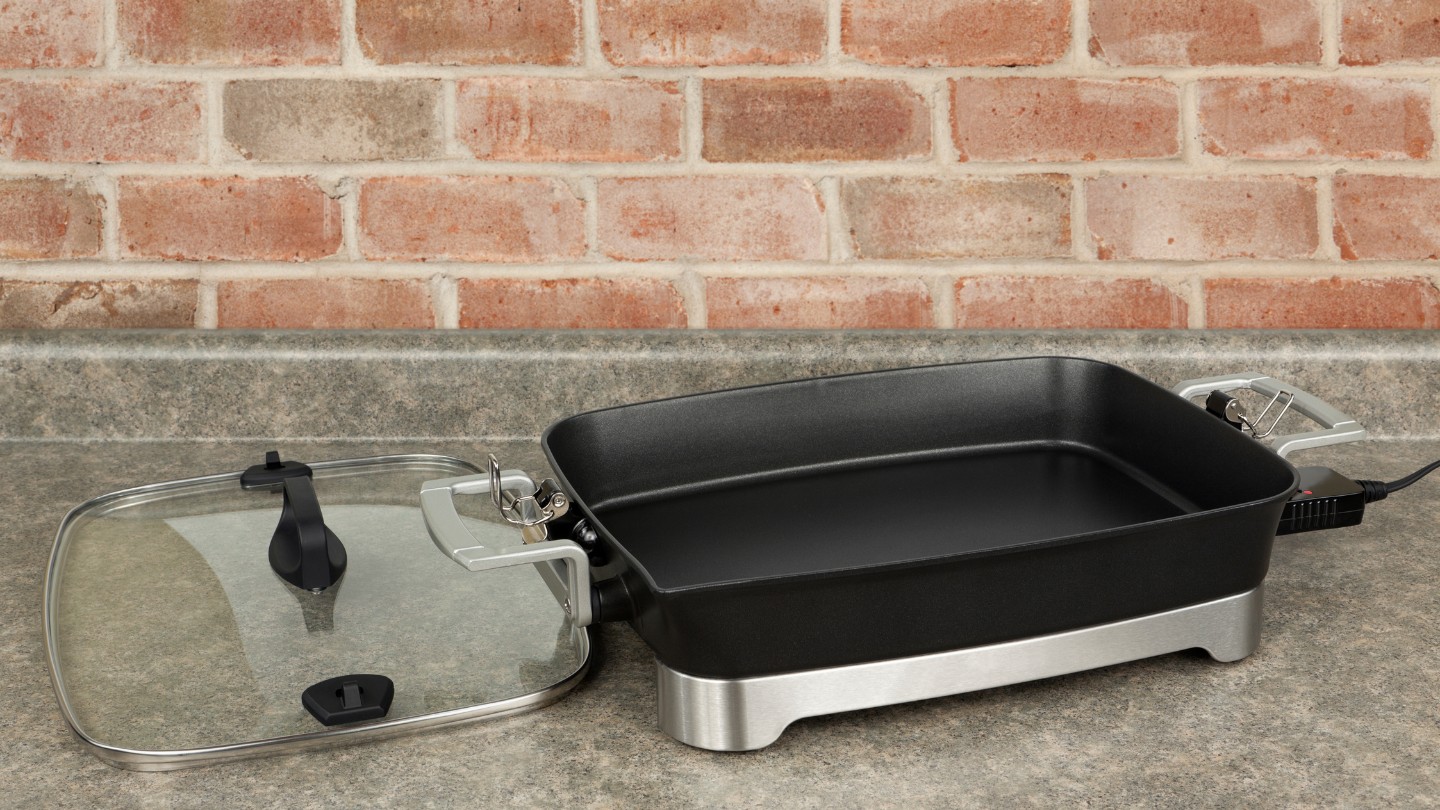
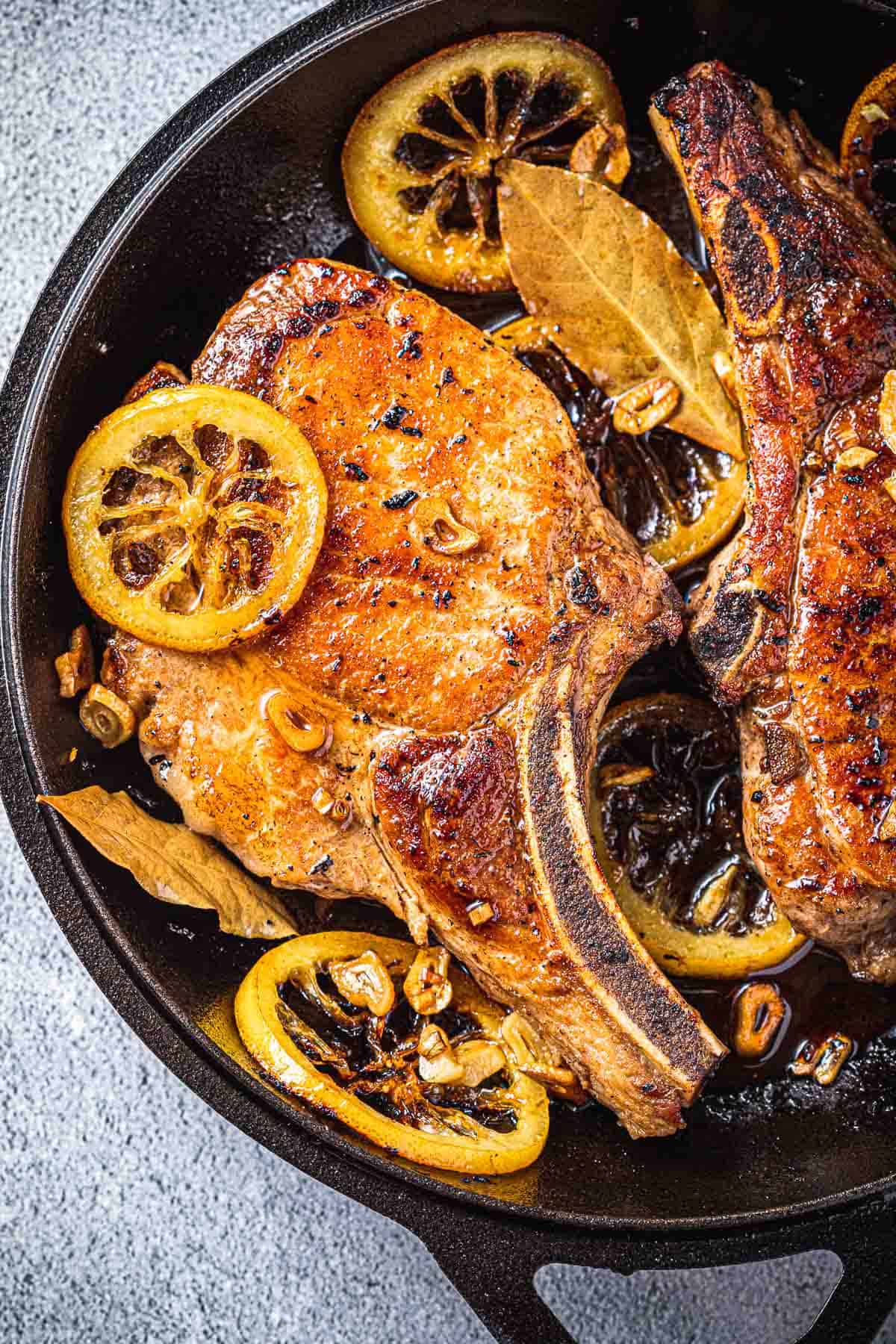
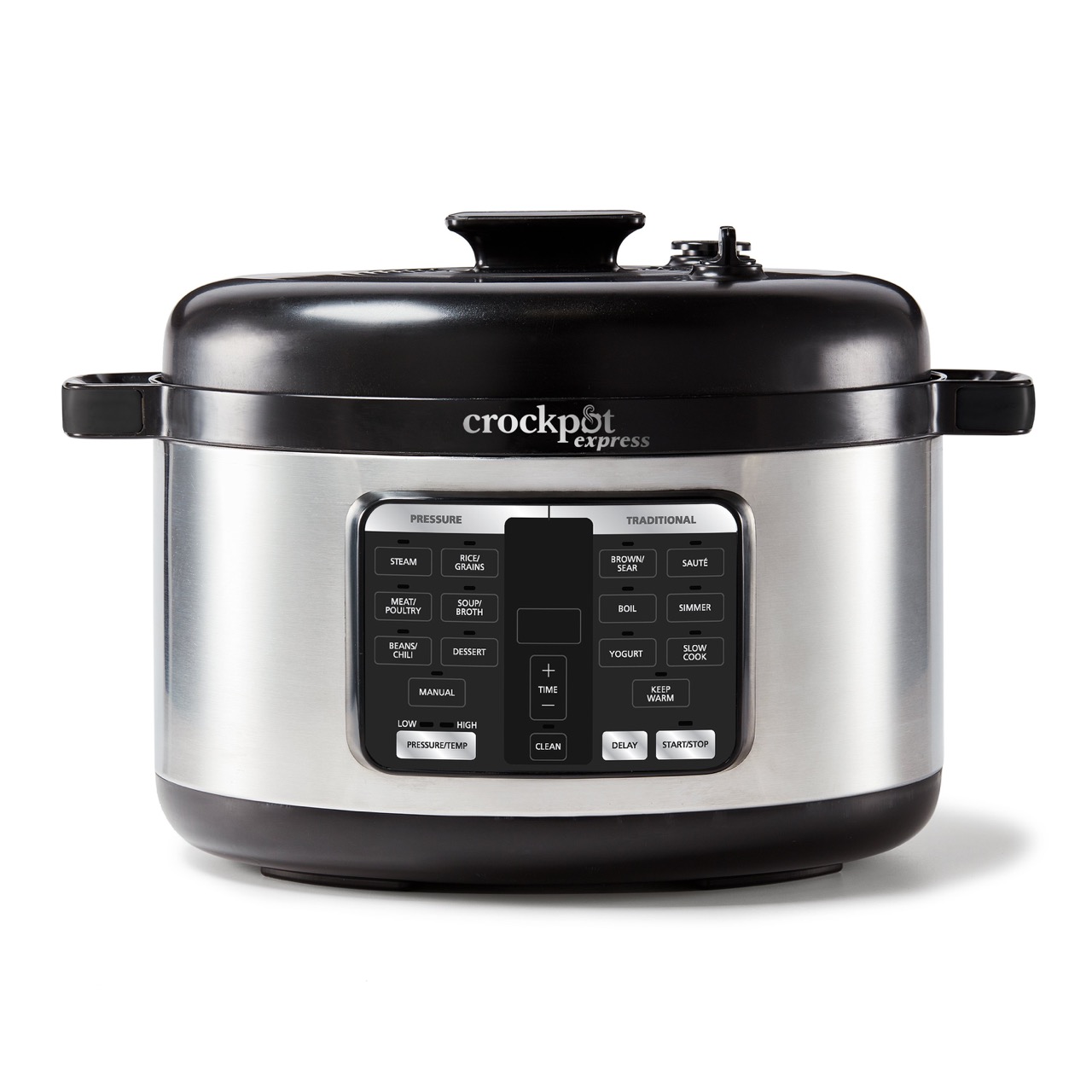
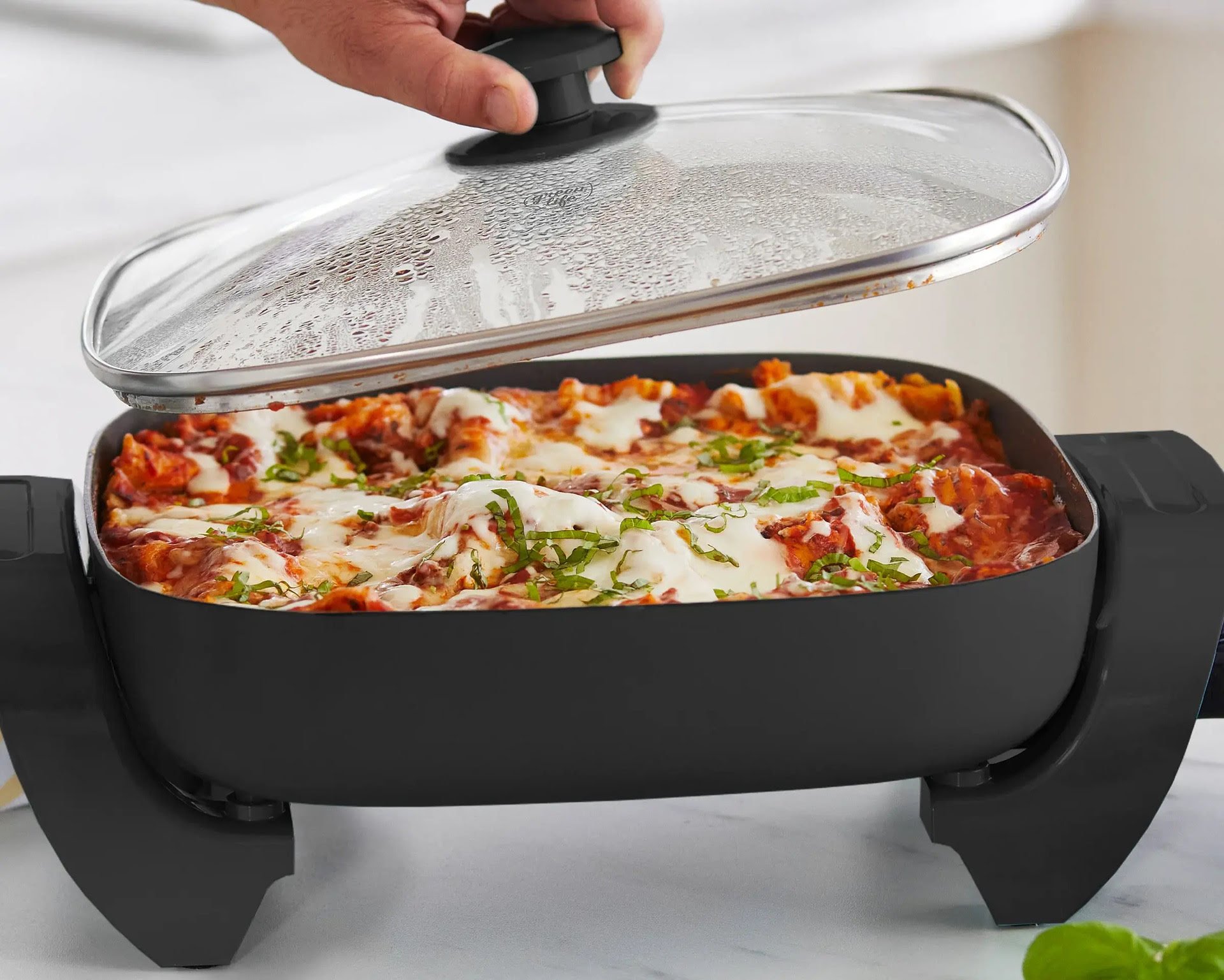
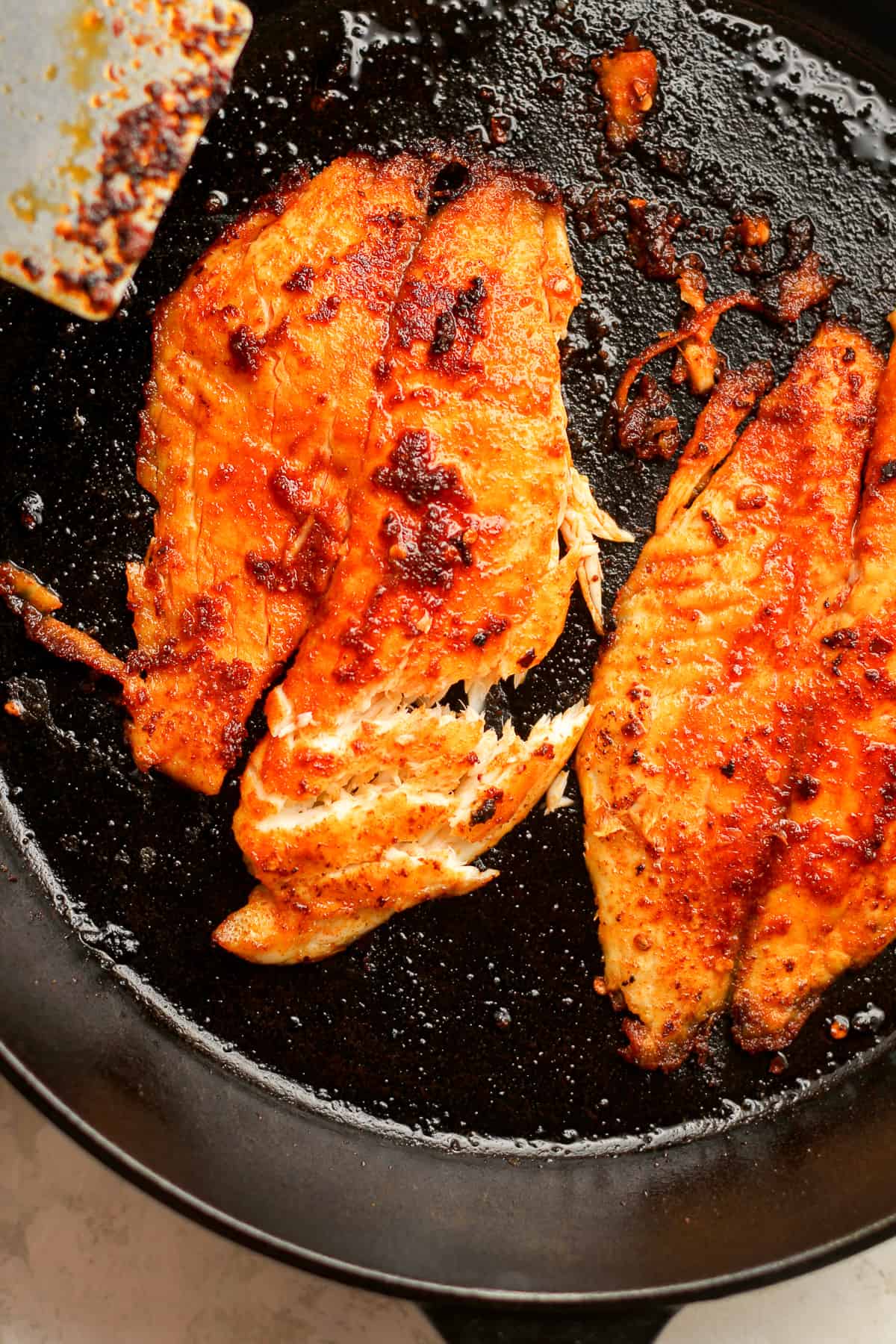
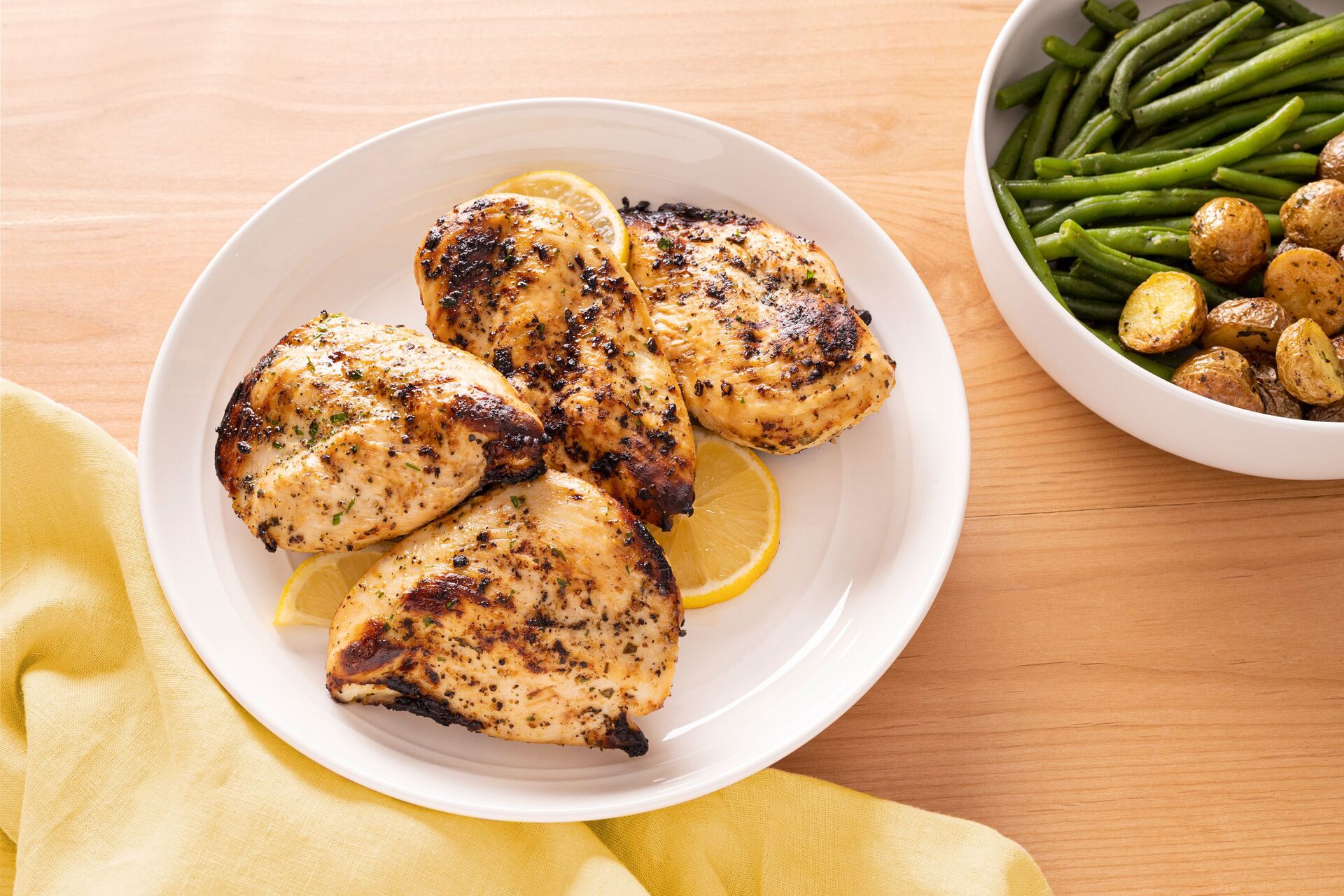
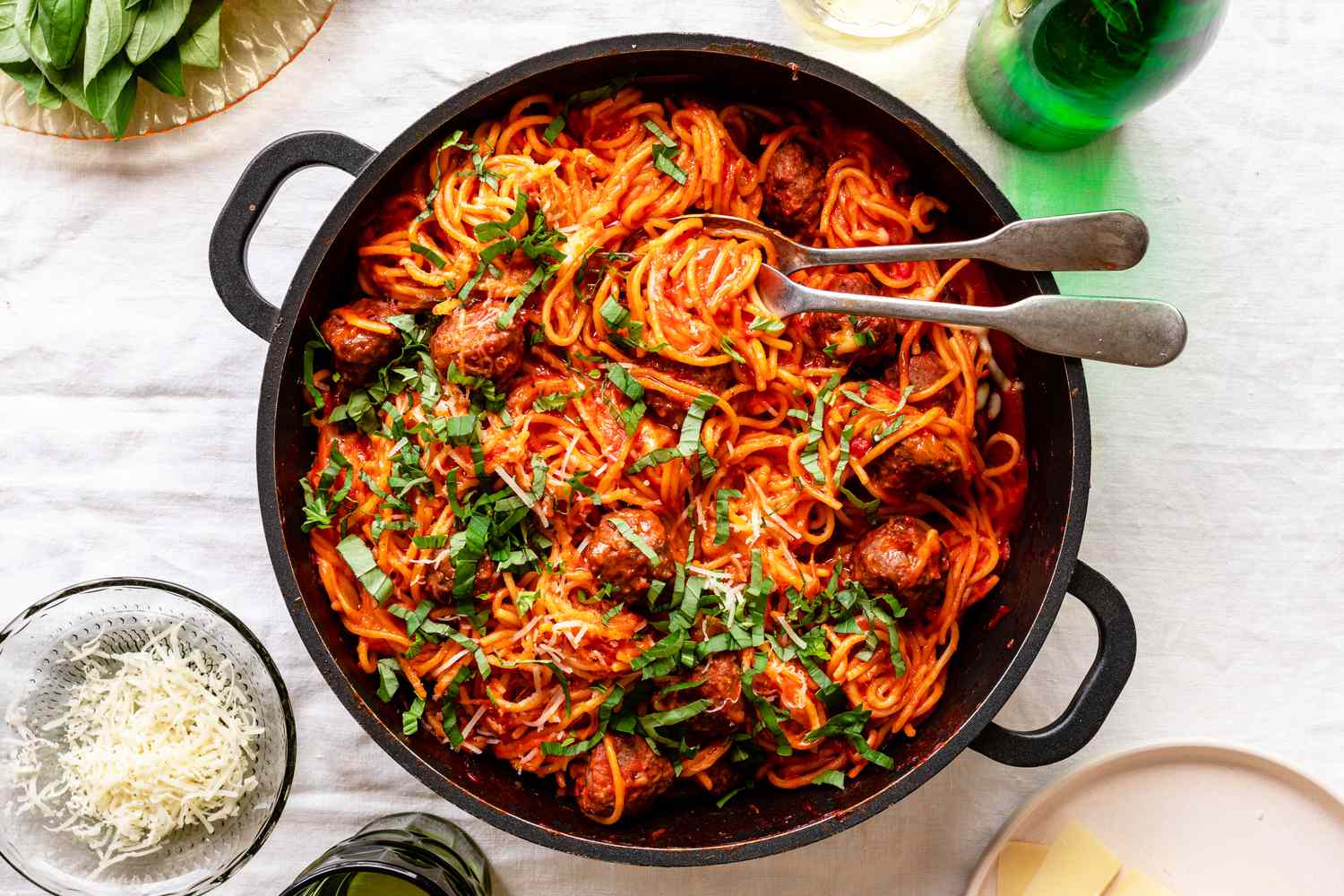
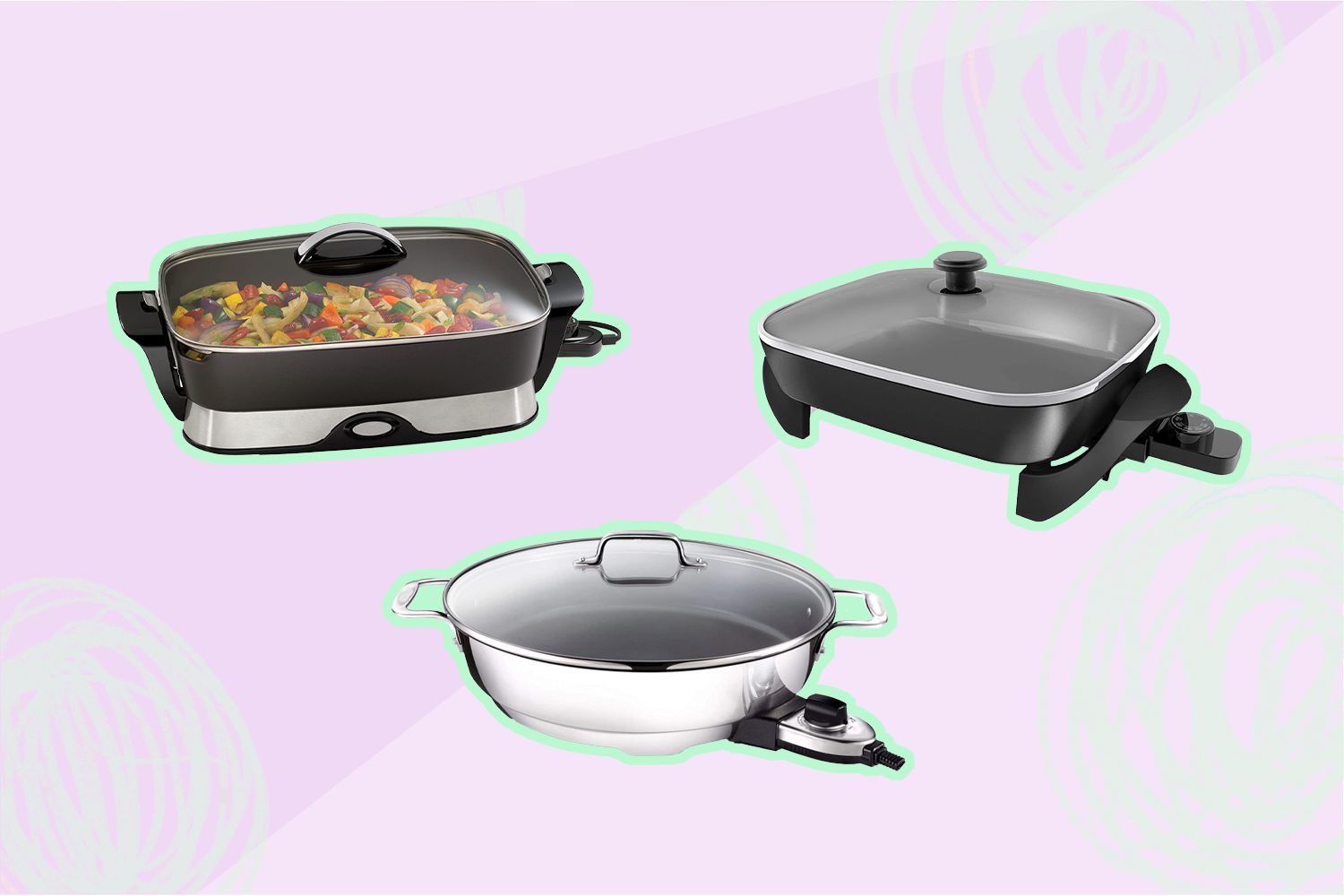
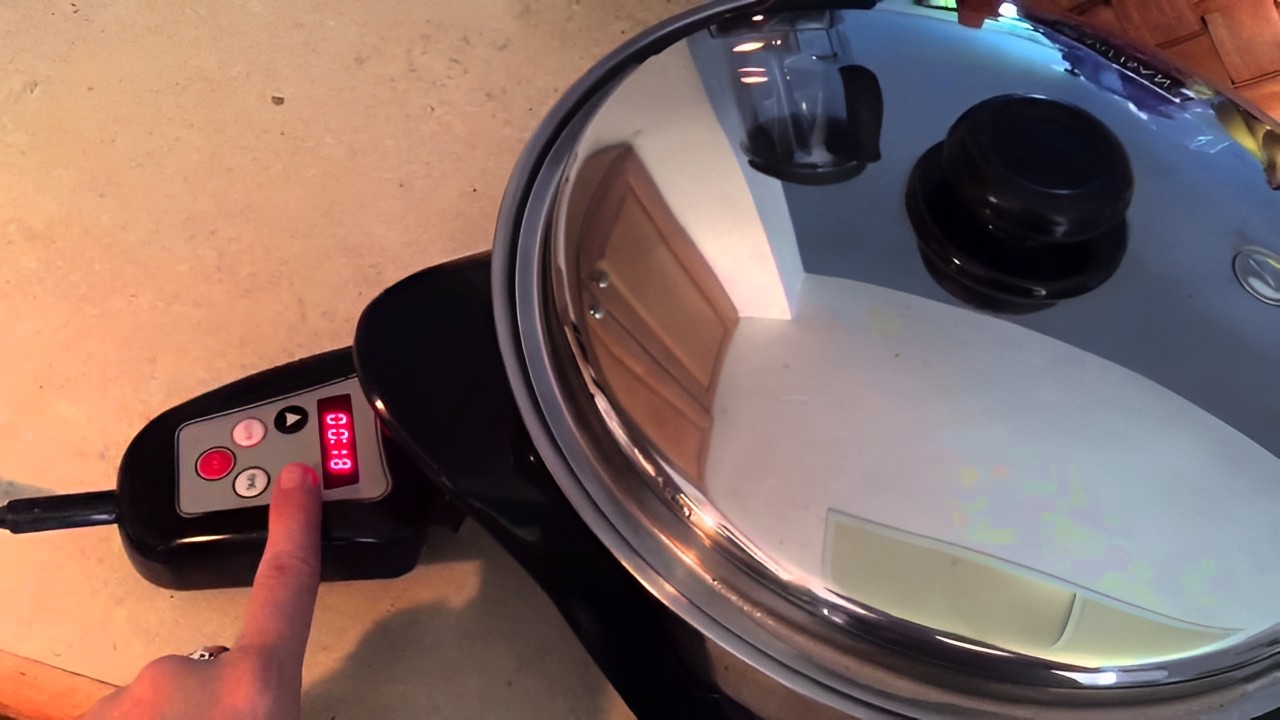
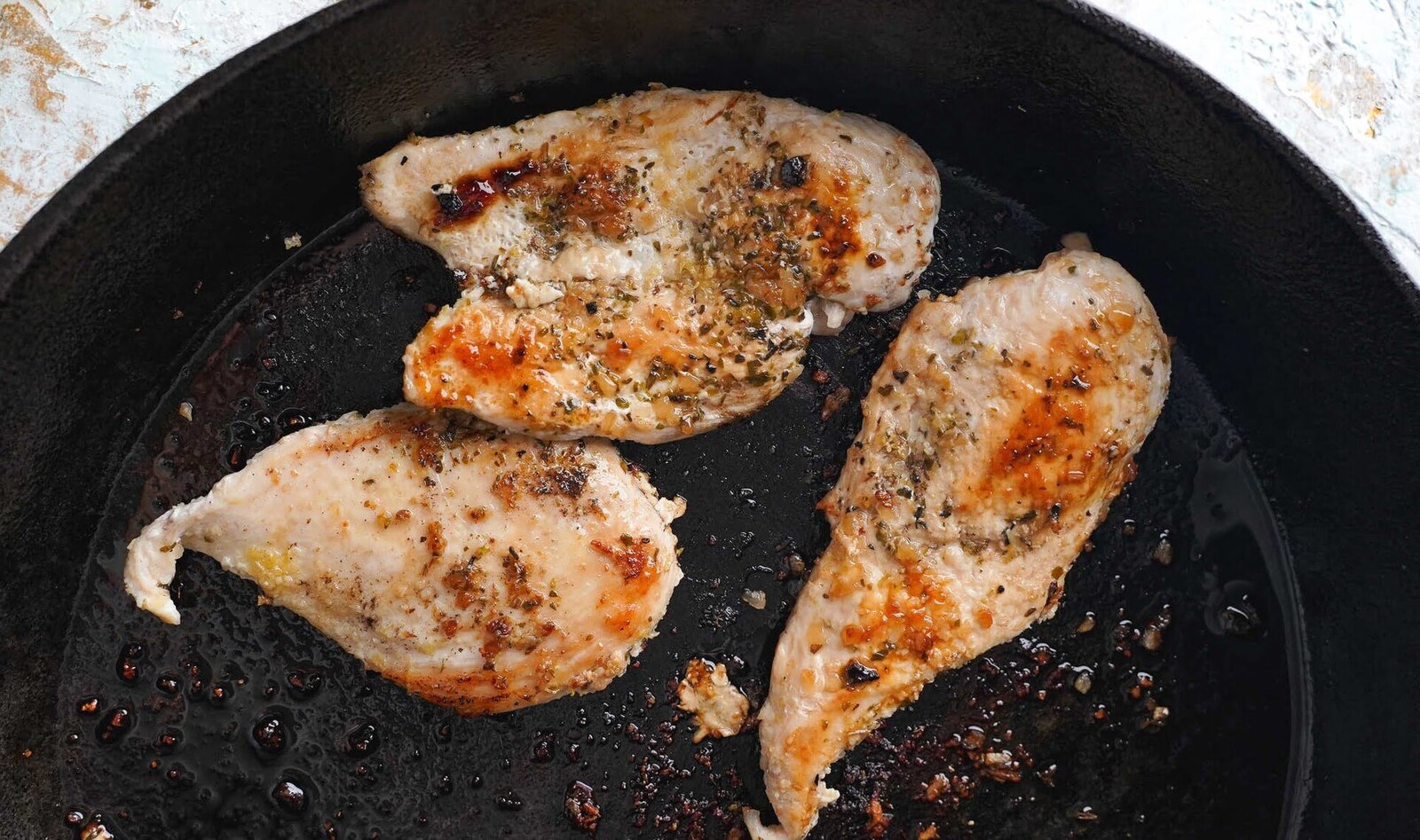
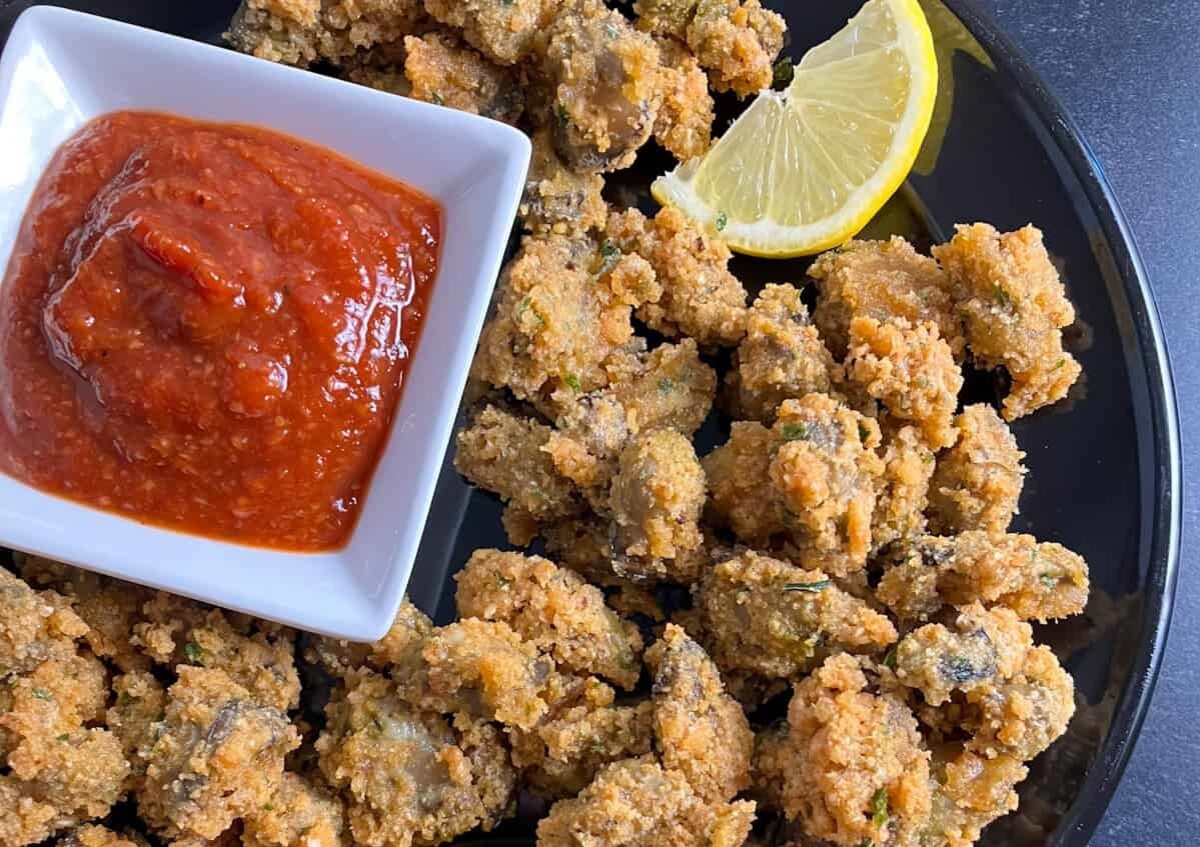
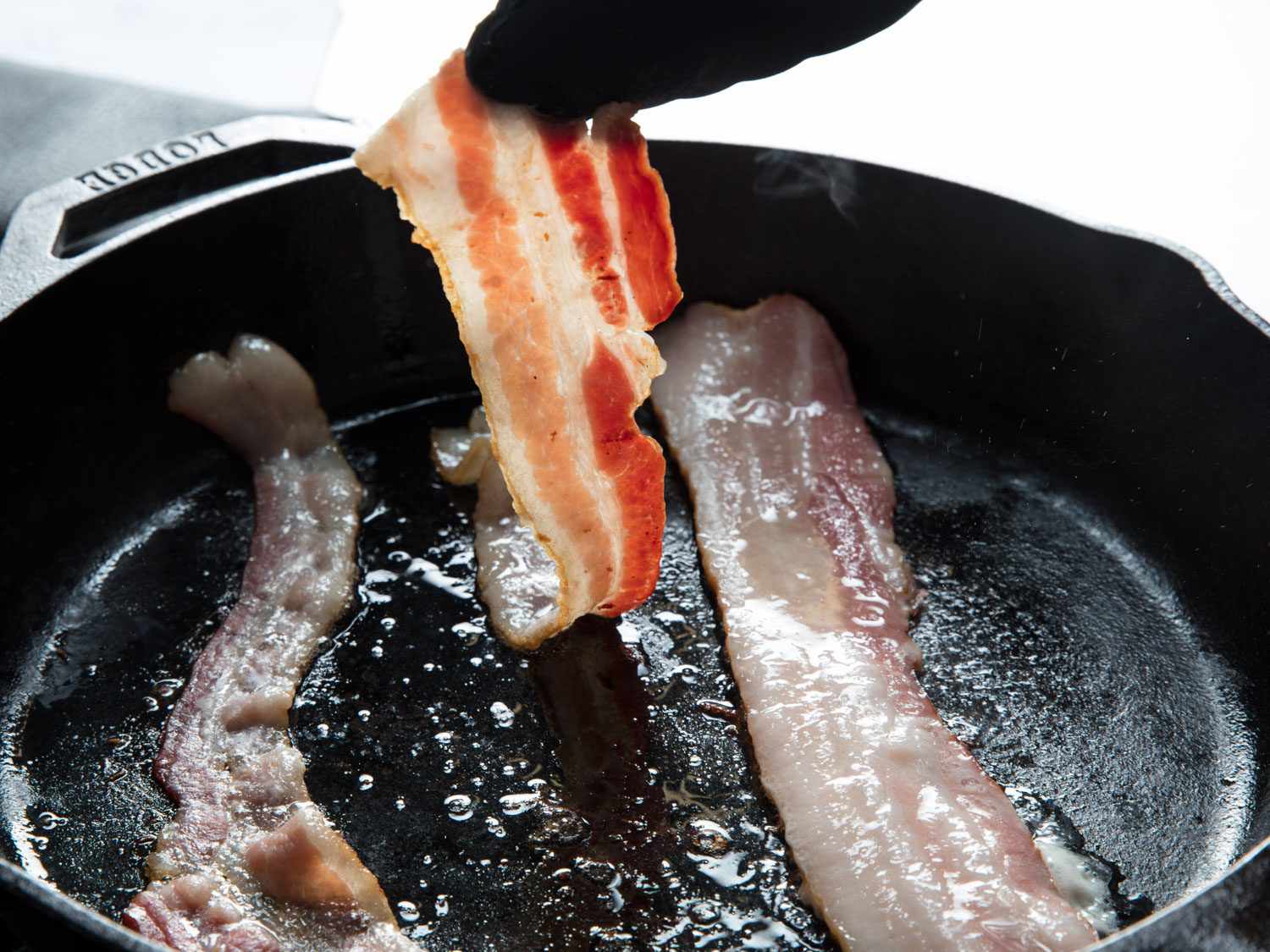

0 thoughts on “How Long To Cook In Electric Skillet Vs Crock Pot”